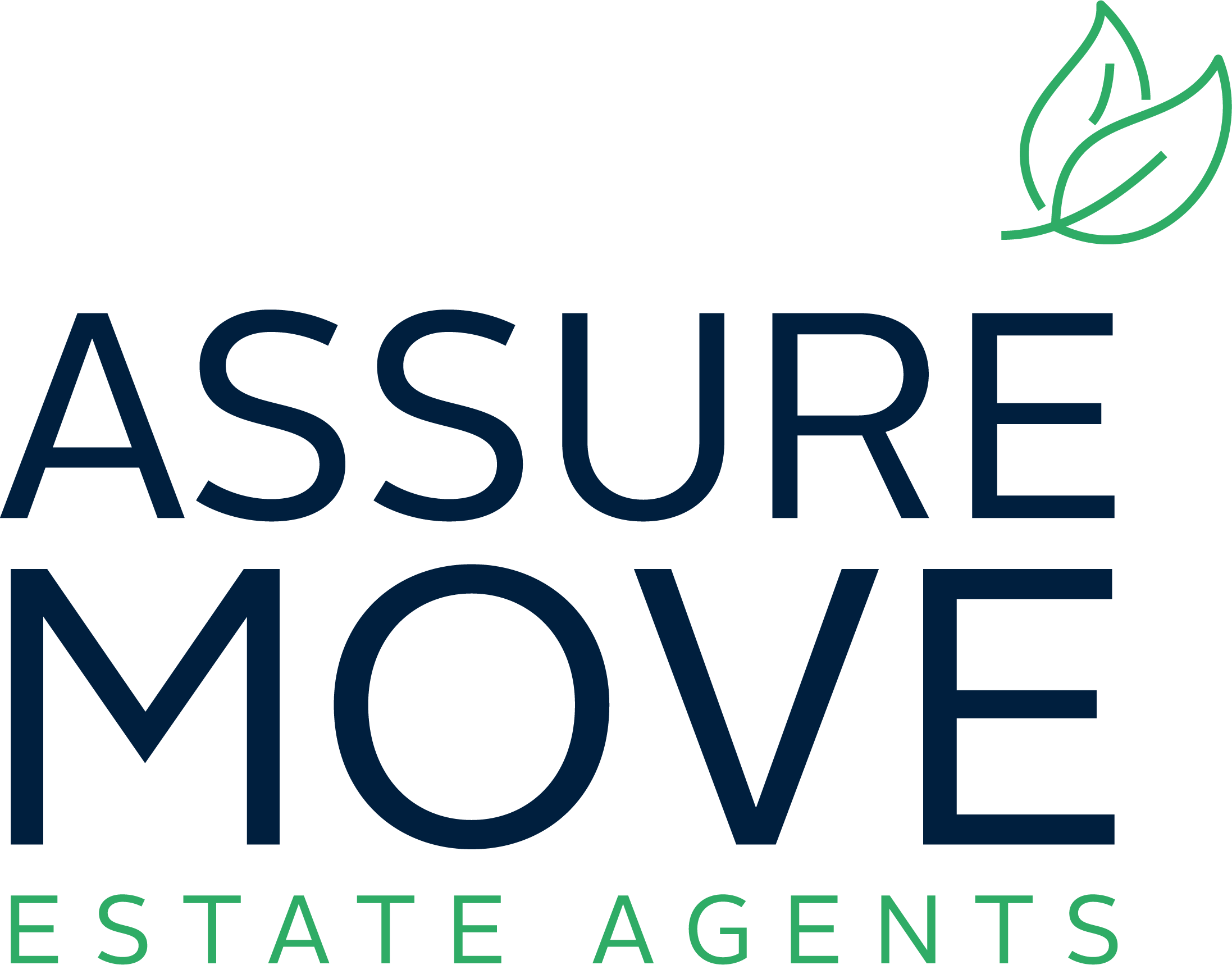Stamp Duty:
What is stamp duty and when do I have to pay it?
Stamp Duty, also referred to as Stamp Duty Land Tax (SDLT), is the tax you owe when you purchase land or a property above a certain price (currently £125,000) in England and Northern Ireland. The rate varies from 5% to 12%, depending on several factors, including the price, whether the buyer is a first-time homeowner, and whether the home is buy-to-let or to be used as a residence. For non-UK residents, a 2% surcharge is added to stamp duty.
Assuming that the property is priced above the SDLT threshold, you will be expected to cover stamp duty when you:
- Purchase a freehold property.
- Purchase a new or existing leasehold.
- Purchase a property through a shared ownership scheme.
- Purchase a share in a property with a mortgage.

How is stamp duty calculated?
Excluding all exemptions and surcharges, stamp duty is calculated by taxing the value of a property in ‘bands’.
| Property Price Band (£) | Stamp Duty Rate |
|---|---|
| Up to £125,000 | 0% |
| £125,001 to £250,000 (the next £125,000) | 2% |
| £250,001 to £925,000 (the next £675,000) | 5% |
| £925,001 to £1,500,000 (the next £575,000) | 10% |
| Over £1,500,000 | 12% |
As a practical example, an individual who purchases a home for £350,000 will pay:
0% on the first £125,000 = £0
2% on the next £125,000 = £2,500
5% on the next £100,000 = £5,000
Total Stamp Duty: £7,500
Important notes about this calculation:
- These rates apply when the property is your only residential home.
- If you already own other residential properties, a 5% surcharge is applied on top of these rates.
- If you are a first-time buyer, you may qualify for lower bands, resulting in a reduced stamp duty rate.
Reach out to Assure Move for expert advice and access to our trusted network of brokers.
Reach out to our team to discover why more and more London landlords turn to Assure Move for professional and tailored property management services.




